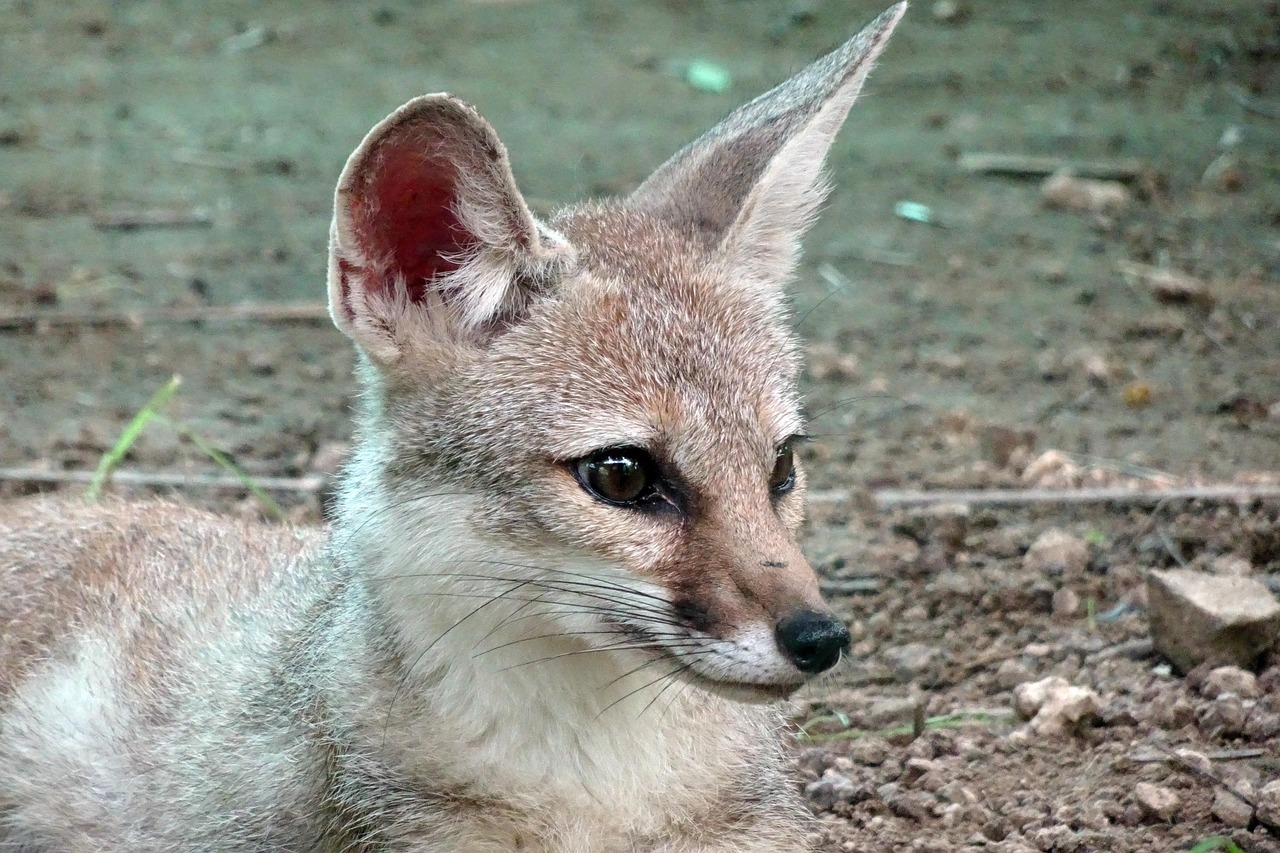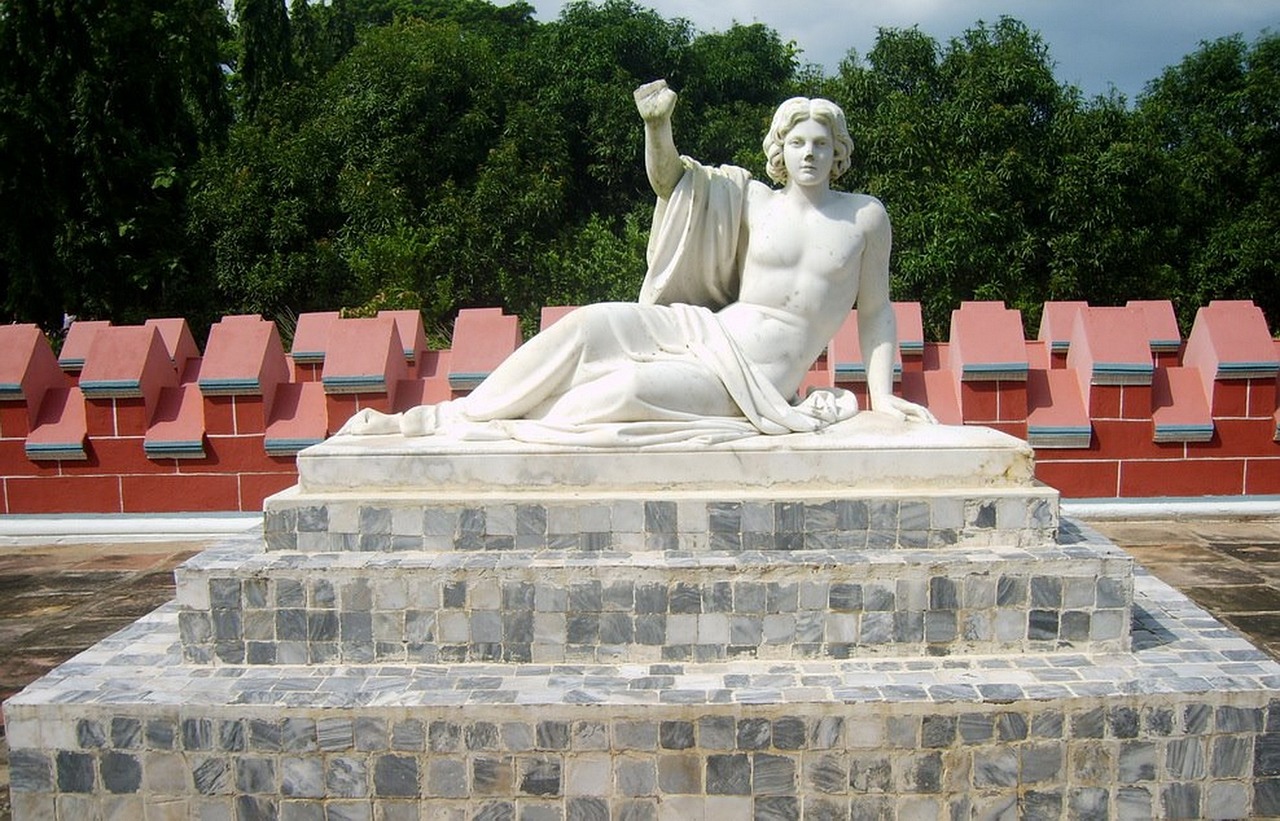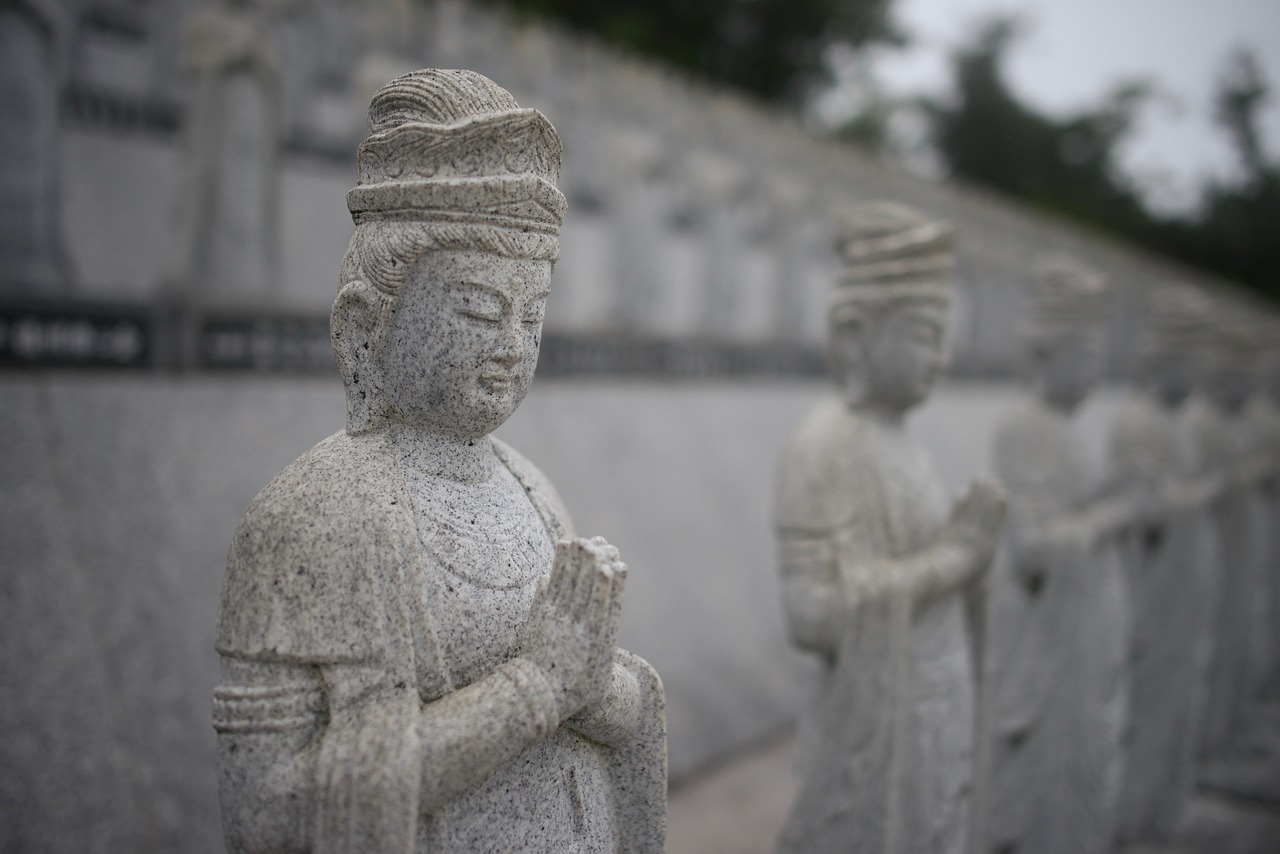This article explores the vibrant shopping scene in West Bengal, highlighting the top markets that offer a unique blend of culture, craftsmanship, and local products. The state of West Bengal is not just famous for its rich history and heritage but also for its bustling markets that reflect the local lifestyle and artistic flair.
1. Introduction to West Bengal’s Shopping Culture
West Bengal boasts a rich shopping culture, reflecting its diverse heritage and artistic traditions. The markets here are not just places to buy goods; they are vibrant hubs where the essence of Bengali life comes alive. From traditional handicrafts to modern apparel, shopping in West Bengal is an experience that connects visitors with the local community.
2. The Best Markets in Kolkata
Kolkata, the capital of West Bengal, is home to numerous bustling markets. Here, we highlight the must-visit markets that showcase the city’s unique offerings and vibrant atmosphere.
- New Market: A historical shopping destination known for its variety of products, from clothing to handicrafts. Shoppers can expect a lively atmosphere and a plethora of choices.
- Gariahat Market: Famous for its textiles and traditional Bengali sarees, this market is a treasure trove for those looking to embrace local fashion.
3. Handicrafts of West Bengal
West Bengal is renowned for its exquisite handicrafts. Traditional crafts such as Terracotta, Kantha stitch, and Shantiniketan leatherwork can be found in local markets, showcasing the region’s rich artistic heritage.
4. Local Food Markets
Food markets in West Bengal offer a taste of the region’s culinary delights. Notable mentions include:
- Burrabazar: One of the largest wholesale markets in Kolkata, known for its vibrant food offerings.
- College Street Market: A cultural hub famous for its bookstores and eateries, perfect for food lovers and bookworms alike.
5. Seasonal Fairs and Festivals
West Bengal hosts various fairs and festivals that feature local products, making them ideal for shopping enthusiasts. Events like Durga Puja and Poush Mela showcase the best of local crafts and culinary delights.
6. Tips for Shopping in West Bengal
To make the most of your shopping experience, consider these practical tips:
- Bargaining Techniques: Negotiating prices is common in local markets, so don’t hesitate to haggle.
- Best Times to Shop: Early mornings or late afternoons are ideal for avoiding crowds and getting the freshest goods.
7. Conclusion: Embrace the Shopping Experience
West Bengal’s markets offer a rich tapestry of culture, craftsmanship, and culinary delights. Exploring these vibrant spaces is not just about shopping; it’s about experiencing the heart and soul of the region. Embrace the unique shopping experiences that West Bengal has to offer!

1. Introduction to West Bengal’s Shopping Culture
West Bengal is a vibrant tapestry of culture and tradition, and its shopping culture is no exception. The state is renowned for its rich heritage and artistic traditions, which are vividly reflected in the variety of products available in its markets. Shopping is not merely a transactional activity here; it is a significant part of the local lifestyle that fosters community interaction and supports local artisans.
The bustling markets of West Bengal serve as a cultural hub, showcasing an array of handicrafts, textiles, and culinary delights that embody the region’s diverse influences. From the intricate designs of Bengali sarees to the exquisite craftsmanship of local artisans, shopping in West Bengal offers an opportunity to connect with the state’s rich history and traditions.
Moreover, shopping in West Bengal has a profound impact on local communities. It provides a platform for artisans and small businesses to thrive, ensuring that traditional crafts are preserved for future generations. The markets often act as gathering places where people come together, fostering a sense of community and shared identity.
As visitors explore these vibrant markets, they not only acquire unique and authentic products but also contribute to the local economy. This symbiotic relationship between shopping and community development highlights the importance of supporting local artisans and businesses.
In essence, West Bengal’s shopping culture is a celebration of its diversity and creativity. It invites both locals and tourists to immerse themselves in the rich traditions of the region while enjoying a unique shopping experience that goes beyond mere consumerism.
As we delve deeper into the various markets and offerings across the state, it becomes evident that shopping in West Bengal is an experience that enriches the soul and strengthens community bonds.

2. The Best Markets in Kolkata
Kolkata, the vibrant capital of West Bengal, is a treasure trove of bustling markets that reflect the city’s rich cultural heritage and lively atmosphere. From traditional handicrafts to modern apparel, these markets offer a unique shopping experience that captivates both locals and tourists alike. Here, we explore some of the must-visit markets in Kolkata that showcase the city’s diverse offerings.
- New Market: Established in the 19th century, New Market is a historical shopping destination that boasts a wide variety of products. From clothing to handicrafts, shoppers can find almost anything here. The market is renowned for its lively ambiance, making it a perfect spot for those looking to experience the essence of Kolkata.
- Gariahat Market: A paradise for textile lovers, Gariahat Market is famous for its traditional Bengali sarees and fabrics. The market is filled with stalls offering vibrant colors and intricate designs, making it a must-visit for anyone interested in authentic Bengali attire.
- Burrabazar: Known as one of the largest wholesale markets in Kolkata, Burrabazar is a bustling hub for food and spices. The market’s chaotic yet vibrant atmosphere provides an authentic shopping experience, with vendors selling everything from fresh produce to local delicacies.
- College Street Market: Famous for its numerous bookstores and eateries, College Street Market is not just a shopping destination but a cultural hub. Visitors can enjoy delicious street food while browsing through a plethora of books, making it a perfect blend of culinary and literary delights.
In summary, Kolkata’s markets are a reflection of its vibrant culture and rich traditions. Whether you are looking for unique handicrafts, exquisite textiles, or delicious local cuisine, these markets offer something for everyone. Plan your visit to explore and immerse yourself in the lively shopping scene that Kolkata has to offer!
2.1. New Market
New Market is not just a shopping destination; it is a historical landmark that encapsulates the vibrant essence of Kolkata. Established in the late 19th century, this bustling market has evolved into a cultural hub where tradition meets modernity. Visitors can immerse themselves in a unique shopping experience, exploring a plethora of products ranging from clothing to handicrafts.
As you wander through the lively lanes of New Market, you will discover an array of stalls offering everything from traditional Bengali sarees to contemporary fashion. The market is particularly famous for its handmade crafts that reflect the rich artistic heritage of West Bengal. Shoppers can expect to find exquisite items such as jute bags, terracotta artifacts, and hand-painted pottery.
New Market is also renowned for its food stalls, where you can savor local delicacies like puchka (pani puri) and kathi rolls. The aroma of freshly prepared street food wafts through the air, enticing visitors to take a break from shopping and indulge in the region’s culinary delights.
For those looking to experience the true essence of Kolkata, New Market is a must-visit. The market not only offers a wide variety of products but also provides a glimpse into the local lifestyle and the community spirit of the city. Shoppers can engage with friendly vendors, learn about their crafts, and even pick up some bargaining skills along the way.
In conclusion, New Market stands as a testament to Kolkata’s rich heritage and vibrant culture. Whether you are a local or a tourist, this market promises an unforgettable shopping experience filled with unique finds and cultural insights.
2.2. Gariahat Market
Gariahat Market is a vibrant and bustling marketplace located in the heart of Kolkata, renowned for its wide array of textiles and traditional Bengali sarees. This market is not just a shopping destination; it is a cultural experience that captures the essence of Bengali craftsmanship and heritage.
As you stroll through the lively lanes of Gariahat Market, you will be greeted by a kaleidoscope of colors and patterns. The market is particularly famous for its handwoven sarees, which showcase intricate designs and rich fabrics. Shoppers can find a variety of sarees, including the iconic Banarasi, Baluchari, and Tant sarees, each telling a unique story through its craftsmanship.
In addition to sarees, Gariahat Market also offers a plethora of textiles including dress materials, kurtas, and dupattas. The market is a haven for those looking to buy high-quality fabrics at reasonable prices. Don’t hesitate to explore the numerous shops that line the streets, as many of them offer custom tailoring services to ensure a perfect fit.
For those who appreciate handicrafts, Gariahat is also home to a variety of artisans selling unique items such as jewelry, home decor, and traditional Bengali crafts. These items make for excellent souvenirs or gifts that reflect the rich cultural heritage of West Bengal.
When visiting Gariahat Market, it’s advisable to go early in the day to avoid the crowds and to have ample time to browse. Bargaining is a common practice here, so be prepared to negotiate for the best prices. Overall, Gariahat Market is a must-visit for anyone looking to immerse themselves in the local culture while shopping for exquisite textiles and traditional items.

3. Handicrafts of West Bengal
Handicrafts of West Bengal are a remarkable testament to the region’s rich cultural heritage and artistic prowess. The state is celebrated for its diverse range of traditional crafts, which not only reflect the artistic skills of local artisans but also embody the unique stories and traditions of West Bengal. This section provides a detailed overview of some of the most notable handicrafts and where you can find them in local markets.
One of the most prominent crafts is Terracotta Art, which involves creating intricate pottery and sculptures from clay. This craft is particularly famous in areas like Bankura and Bishnupur, where artisans have honed their skills over generations. Visitors can explore local markets such as the Bishnupur Handicraft Fair to purchase authentic terracotta items.
Kantha Stitch is another exquisite craft that involves embroidery on fabric, often using old sarees to create beautiful quilts and wall hangings. This craft is prevalent in rural areas, and shopping at places like Gariahat Market in Kolkata will provide a plethora of options for those interested in these vibrant textiles.
The famous Shantiniketan Crafts are also noteworthy, showcasing the unique artistry of this region. The Shantiniketan area is home to skilled artisans who create beautiful handmade items, including wooden sculptures and handwoven textiles. The Shantiniketan Craft Fair is an excellent venue to find these unique pieces while enjoying the cultural atmosphere.
Moreover, the Baluchari sarees of West Bengal are renowned for their intricate designs and rich colors. These sarees tell stories through their motifs and are best found in local markets such as New Market and Gariahat Market.
In conclusion, the handicrafts of West Bengal are not just products; they are a reflection of the state’s rich heritage. By visiting local markets, you can support artisans while taking home a piece of West Bengal’s vibrant culture.
3.1. Santiniketan Crafts
Santiniketan, a small town in West Bengal, is celebrated for its rich artistic heritage and unique artisanship. This vibrant community, founded by Rabindranath Tagore, serves as a hub for various traditional crafts that reflect the cultural essence of the region. The crafts of Santiniketan are not merely products; they embody the stories, traditions, and skills passed down through generations.
The following are some of the most notable crafts available in Santiniketan:
- Kantha Stitch: This traditional embroidery technique involves intricate stitching patterns on fabric, often repurposing old sarees into beautiful quilts and wall hangings. Kantha products are cherished for their vibrant colors and detailed designs.
- Terracotta Art: Artisans create stunning terracotta items, including decorative pots, figurines, and jewelry. The earthy tones and tactile nature of these crafts make them highly sought after.
- Shantiniketan Leather: The local artisans are adept at crafting leather goods, ranging from bags to sandals. These items often feature traditional motifs and are known for their durability and style.
- Handwoven Textiles: The handloom industry thrives in Santiniketan, producing exquisite textiles such as sarees and stoles. The use of natural dyes and traditional weaving techniques adds to their appeal.
The cultural significance of these crafts goes beyond aesthetics. Each piece tells a story and is a testament to the skills of the artisans. By supporting these crafts, shoppers not only acquire unique items but also contribute to the preservation of local traditions and the livelihoods of artisans.
Visiting Santiniketan offers an opportunity to engage with the artisans directly, providing insights into their creative processes. This connection enhances the shopping experience, making it more meaningful and enriching.
In conclusion, Santiniketan stands out as a destination for those seeking authentic craftsmanship. The crafts available here are not just products; they are a celebration of culture and heritage that resonate with the values of sustainability and artistry.
3.2. Shantiniketan and its Artisans
Shantiniketan, a small town in West Bengal, is a treasure trove of artistic heritage and craftsmanship. Renowned for its vibrant cultural scene, the town is home to a community of skilled artisans who create stunning handmade items that reflect the rich traditions of the region. This subsection delves into the unique crafts produced by these artisans and the best places to purchase their exquisite works.
The artisans of Shantiniketan specialize in a variety of crafts, including handwoven textiles, pottery, and wooden artifacts. Each piece is a testament to their dedication and skill, showcasing intricate designs and vibrant colors that are deeply rooted in local culture. The Kantha stitch, a traditional embroidery technique, is particularly popular and is often used in quilts and home decor items. This craft not only highlights the artisans’ creativity but also serves as a means of preserving the cultural identity of the region.
For those looking to explore Shantiniketan’s artisan scene, several local markets and craft fairs are must-visit destinations. The Shantiniketan Haat is a vibrant marketplace where visitors can find a wide array of handmade products directly from the artisans. Here, shoppers can engage with the creators, gaining insights into their techniques and the stories behind their crafts. Additionally, the Annual Poush Mela is a significant event that showcases local handicrafts, providing an excellent opportunity to purchase unique items while enjoying cultural performances and local cuisine.
Overall, Shantiniketan offers a unique shopping experience that goes beyond mere transactions. It connects visitors with the rich artistic traditions of West Bengal, allowing them to take home not just beautiful crafts, but also a piece of the region’s vibrant culture.
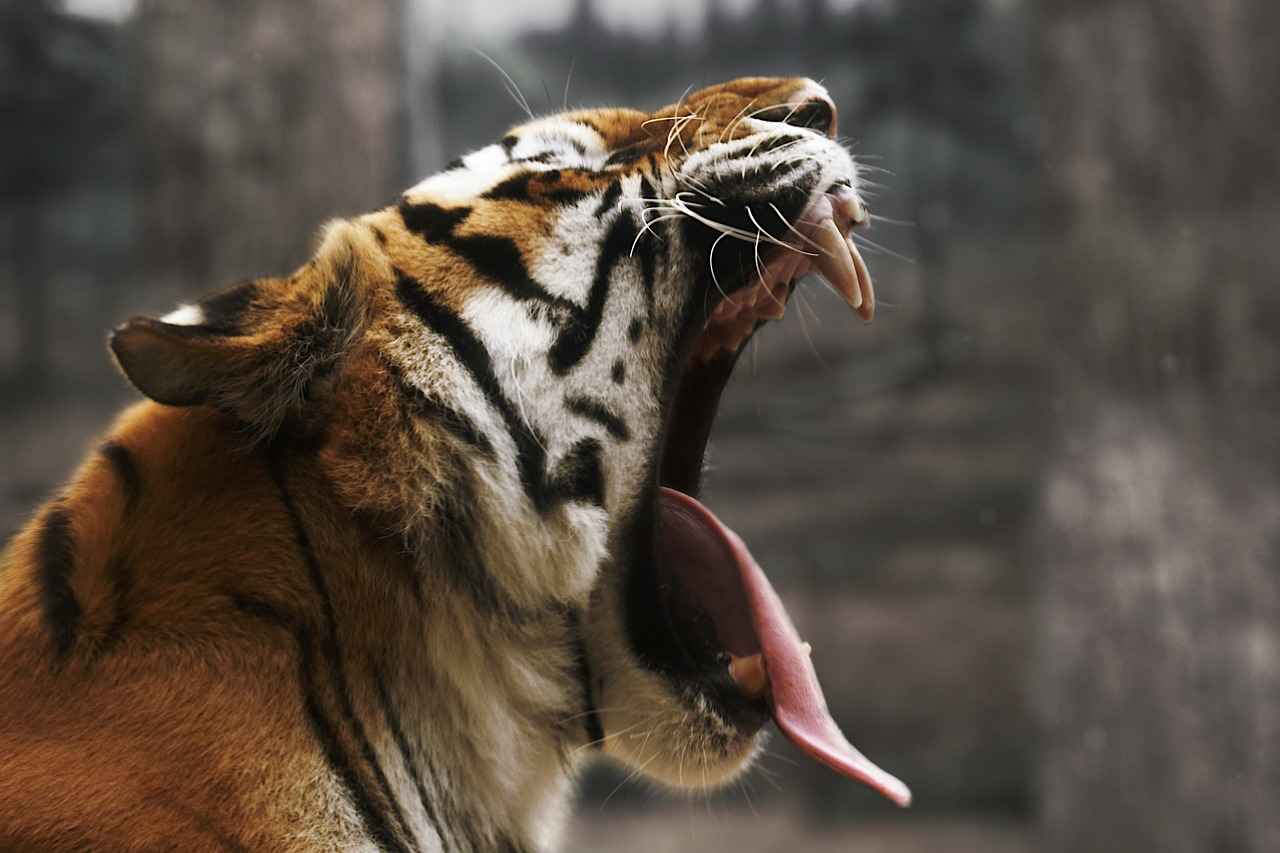
4. Local Food Markets
Local Food Markets in West Bengal are a treasure trove of flavors, aromas, and culinary traditions. These markets not only showcase the region’s rich culinary heritage but also provide a unique experience for food lovers and travelers alike. In this section, we will explore some of the best food markets in West Bengal, each offering a distinct taste of local delicacies.
- Burrabazar: Known as one of the largest wholesale markets in Kolkata, Burrabazar is a bustling hub for food enthusiasts. Here, you can find a wide variety of fresh produce, spices, and street food. The market is famous for its vibrant atmosphere, where vendors shout out their prices and customers haggle for the best deals. Don’t miss trying the local sweets, especially rasgulla and mishti doi, which are must-try delicacies.
- College Street Market: Renowned for its bookstores, College Street also boasts a vibrant food scene. This market is a cultural hotspot where you can enjoy a cup of cha (tea) while savoring delicious street food. The iconic puchka (pani puri) and kathi rolls are popular among locals and visitors alike. The lively ambiance, coupled with the aroma of food, makes this market a delightful experience.
- Malda Mango Market: If you’re visiting during the mango season, the Malda Mango Market is a must-visit. Malda is famous for its delicious mangoes, particularly the Himsagar and Langra varieties. The market is filled with vibrant stalls showcasing these juicy fruits, and you can sample them fresh. The experience of indulging in sweet, ripe mangoes while interacting with local vendors is truly unforgettable.
Exploring these food markets not only allows you to taste the local flavors but also gives you a glimpse into the everyday life of West Bengal’s residents. Each market has its unique charm and specialties, making them worth a visit for anyone looking to immerse themselves in the region’s culinary delights.
4.1. Burrabazar
Burrabazar stands as a vibrant testament to Kolkata’s rich wholesale market culture, making it one of the largest and most bustling commercial hubs in the city. This market is not just a place to shop; it is an experience that immerses visitors in the local lifestyle, offering a unique blend of food offerings and shopping excitement.
As you wander through the narrow lanes of Burrabazar, you will be greeted by a plethora of sights and sounds. The market is renowned for its extensive range of products, but it is particularly famous for its food items. From fresh produce to spices and street food, Burrabazar is a paradise for food lovers. You can find an array of local delicacies, including mishti (sweets), puchka (pani puri), and kathi rolls. The aroma of freshly cooked food wafts through the air, enticing shoppers to take a break and indulge in the local cuisine.
| Food Item | Description |
|---|---|
| Mishti | Traditional Bengali sweets, perfect for satisfying your sweet tooth. |
| Puchka | Spicy and tangy water-filled snacks that are a must-try. |
| Kathi Roll | A delicious wrap filled with spiced meat or vegetables. |
Shopping in Burrabazar is not just about purchasing goods; it is about engaging with the local culture and community. The market is often crowded, with vendors calling out to customers, creating a lively atmosphere that reflects the spirit of Kolkata. Bargaining is an integral part of the shopping experience here, so don’t hesitate to negotiate prices.
In conclusion, a visit to Burrabazar offers more than just shopping; it provides a glimpse into the heart of Kolkata’s culinary and commercial life. Whether you are looking to buy groceries or savor local dishes, Burrabazar is a vibrant hub that promises an unforgettable experience.
4.2. College Street Market
College Street Market, located in the heart of Kolkata, is not just a shopping destination; it is a cultural epicenter that reflects the city’s rich intellectual heritage. Famous for its extensive collection of bookstores and delightful eateries, this market attracts students, scholars, and food enthusiasts alike.
The market is renowned for its bookstores, which line the streets, offering everything from rare literary classics to contemporary bestsellers. Here, you can find both new and second-hand books at affordable prices, making it a paradise for book lovers. The atmosphere is vibrant, with the sound of pages turning and the aroma of fresh coffee wafting through the air.
In addition to its literary charm, College Street Market is equally famous for its food scene. The market is home to numerous eateries that serve a variety of local delicacies. From the iconic coffee house to street vendors selling mouth-watering snacks, the culinary offerings are diverse. Visitors can enjoy traditional Bengali dishes, such as puchka (pani puri) and kathi rolls, providing a true taste of Kolkata’s rich culinary heritage.
Moreover, the market is a hub for cultural exchange, often hosting events, book launches, and discussions that engage the local community. This makes it a perfect spot not just for shopping but also for immersing oneself in the city’s vibrant intellectual and artistic scene.
Whether you are looking to expand your personal library or indulge in local culinary delights, College Street Market is a must-visit destination that encapsulates the essence of Kolkata.
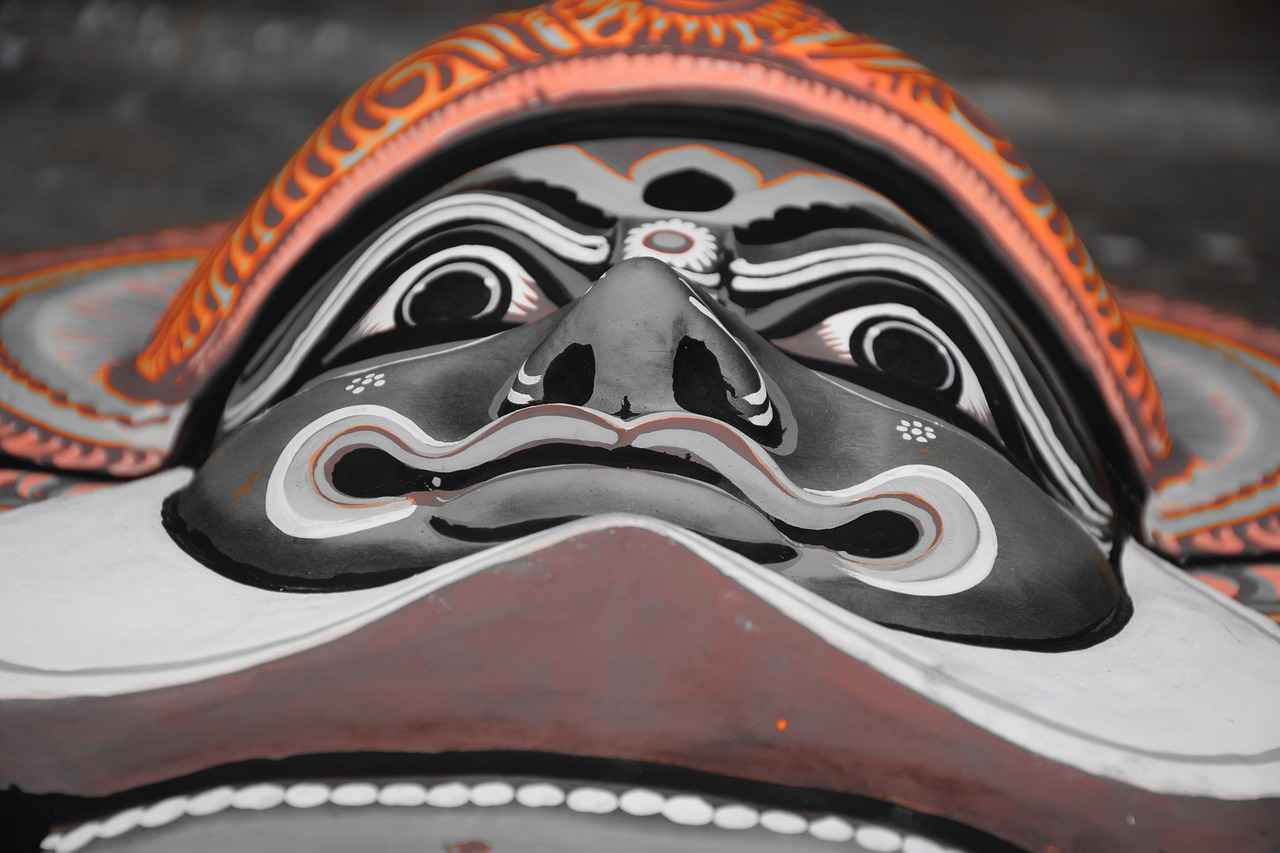
5. Seasonal Fairs and Festivals
West Bengal is renowned for its vibrant fairs and festivals that celebrate the region’s rich cultural heritage and showcase its local products. These events not only attract tourists but also provide a platform for local artisans, farmers, and vendors to display their crafts and goods. In this section, we will explore some of the major seasonal fairs and festivals in West Bengal, highlighting what shoppers can expect to find during these occasions.
5.1. Durga Puja Markets
Durga Puja is the most significant festival in West Bengal, transforming markets into lively hubs filled with festive energy. During this time, shoppers can find a plethora of items, including:
- Traditional Bengali Sarees: Adorned with intricate designs, these sarees are a must-buy during the festival.
- Idols and Decorations: Beautifully crafted idols of Goddess Durga and decorative items for home.
- Festive Sweets: Local delicacies such as sandesh and rosogolla are widely available.
The atmosphere is electric, with street food stalls, cultural performances, and vibrant lights enhancing the shopping experience.
5.2. Poush Mela
Poush Mela, held in Santiniketan, is another significant fair that showcases local crafts and culinary delights. This traditional fair occurs in January, attracting numerous visitors. Here’s what you can find:
- Handicrafts: Unique handmade items by local artisans, including pottery, textiles, and paintings.
- Local Cuisine: A variety of traditional Bengali dishes and sweets that reflect the region’s culinary heritage.
- Cultural Performances: Folk music and dance performances that celebrate the rich artistic traditions of Bengal.
Visitors can immerse themselves in the cultural richness of West Bengal while supporting local artisans and farmers.
These seasonal fairs and festivals not only provide an opportunity for shopping but also allow visitors to experience the warmth and hospitality of the Bengali culture. Make sure to plan your visit during these vibrant occasions for a truly unforgettable experience.
5.1. Durga Puja Markets
During the Durga Puja festival, the atmosphere in West Bengal’s markets is nothing short of magical. As the city prepares to celebrate the triumph of good over evil, the markets transform into vibrant hubs filled with a kaleidoscope of colors, sounds, and aromas. This section explores the unique items available and the festive atmosphere that envelops these shopping locales.
The streets are adorned with decorative lights, and the air is filled with the sweet scent of traditional sweets and the sound of festive music. Shoppers flock to the markets to purchase a variety of items, including:
- Idols of Goddess Durga: Artisans create stunning idols that are intricately designed and painted, making them perfect for home worship.
- Traditional Attire: Many opt for new clothes during the festival, with markets offering a range of sarees, kurta sets, and ethnic wear.
- Decorative Items: From festive lanterns to traditional art pieces, shoppers can find beautiful items to decorate their homes.
- Sweet Treats: Local vendors sell a variety of sweets, including rossogolla and sandesh, which are essential for the celebrations.
As you wander through the bustling streets, the sense of community is palpable. Families come together to shop, share meals, and participate in cultural activities. The vibrant atmosphere is enhanced by street performances and cultural displays, making it a truly immersive experience.
In conclusion, shopping during Durga Puja is not just about purchasing items; it’s about embracing the rich culture and traditions of West Bengal. The markets serve as a reflection of the festive spirit, bringing people together in celebration and joy.
5.2. Poush Mela
Poush Mela is a vibrant traditional fair held annually in West Bengal, particularly in the month of Poush, which corresponds to December-January in the Gregorian calendar. This fair is a celebration of local culture, showcasing the rich craftsmanship and culinary delights of the region. Visitors can immerse themselves in a unique experience that highlights the essence of Bengali heritage.
The significance of Poush Mela extends beyond mere shopping; it serves as a platform for local artisans and craftsmen to display their work and connect with the community. The fair is particularly famous for its handicrafts, which include beautiful handwoven textiles, intricate pottery, and stunning woodwork. Each item tells a story, reflecting the skills and traditions passed down through generations.
In addition to crafts, the fair is a gastronomic delight. Visitors can indulge in a variety of local dishes, featuring traditional Bengali sweets like rosogolla and sandesh, as well as savory snacks such as puri and aloo bhaja. The aroma of freshly prepared food fills the air, inviting everyone to taste the local flavors.
Moreover, Poush Mela is not just about shopping and food; it also offers cultural performances, including folk music and dance, which add to the festive atmosphere. The vibrant colors, lively sounds, and warm hospitality create an unforgettable experience for all who attend.
For those planning to visit, it’s advisable to arrive early to explore the stalls and enjoy the performances without the crowds. Make sure to engage with the artisans, as they often share insights about their crafts and the cultural significance behind them.
In conclusion, Poush Mela is a must-visit event for anyone looking to experience the rich cultural tapestry of West Bengal. It is a celebration of local crafts, food, and community, making it a highlight of the region’s annual calendar.

6. Tips for Shopping in West Bengal
Shopping in West Bengal can be a delightful adventure, especially if you are well-prepared. Here are some practical tips to help you navigate the vibrant markets and make the most of your shopping experience.
- Research Before You Go: Familiarize yourself with the local markets and their specialties. Each market has its unique offerings, from textiles to handicrafts.
- Timing is Key: Visit markets during weekdays or early mornings to avoid crowds. This allows for a more relaxed shopping experience and better interaction with vendors.
- Bargaining Skills: Bargaining is a common practice in West Bengal’s markets. Start by offering about 50% of the asking price and negotiate from there. Always remain polite and friendly during the process.
- Stay Hydrated: Shopping can be exhausting, especially in bustling markets. Carry a water bottle to stay hydrated and energized.
- Cash is King: While many places accept cards, having cash on hand is advisable, especially in smaller markets where card facilities may not be available.
- Local Etiquette: Respect local customs and traditions. Greet vendors with a smile and use basic Bengali phrases like “Nomoskar” (hello) to create a friendly rapport.
- Explore Beyond the Main Aisles: Often, the best finds are in the less-traveled sections of the market. Take your time to explore and discover hidden gems.
- Ask for Recommendations: Don’t hesitate to ask locals for their favorite shops or stalls. They can provide valuable insights into where to find the best products.
By keeping these tips in mind, you can enhance your shopping experience in West Bengal, making it not just a task, but a memorable part of your visit.
6.1. Bargaining Techniques
Bargaining is an integral aspect of shopping in local markets across West Bengal. Engaging in this practice not only enhances your shopping experience but also allows you to connect with local vendors and understand the cultural nuances of the region. Here are some effective techniques to help you negotiate successfully while shopping.
- Do Your Research: Before heading to the market, familiarize yourself with the typical prices of items you wish to buy. This knowledge will empower you during negotiations.
- Start Low: When you begin bargaining, offer a price lower than what you are willing to pay. This gives you room to negotiate and can lead to a better final price.
- Be Polite and Respectful: Approach the vendor with a friendly demeanor. Building rapport can make the vendor more willing to negotiate with you.
- Use Local Language: If you can, try to use a few words in Bengali. This effort can endear you to the seller and may result in more favorable terms.
- Show Interest: Express genuine interest in the product. Vendors are often more inclined to negotiate with buyers who show appreciation for their goods.
- Walk Away: If the price doesn’t meet your expectations, don’t hesitate to walk away. This tactic can sometimes prompt the vendor to offer a better deal to keep your business.
- Know When to Stop: Recognize when a price is fair and don’t push too hard. Over-negotiating can sour the experience for both you and the vendor.
By employing these bargaining techniques, you can enhance your shopping experience in West Bengal’s vibrant markets. Remember, the goal is to find a mutually beneficial agreement that respects both your budget and the vendor’s livelihood.
6.2. Best Times to Shop
Understanding the optimal times to shop can significantly enhance your experience in West Bengal’s vibrant markets. Here, we explore the best times to visit these bustling hubs, ensuring a more enjoyable and efficient shopping adventure.
- Early Mornings: The early hours, particularly from 7 AM to 9 AM, are ideal for shopping. During this time, markets are less crowded, allowing you to browse leisurely and interact with vendors without the rush.
- Weekdays: If possible, plan your shopping trips on weekdays rather than weekends. Most local markets see a surge in visitors during weekends, making it challenging to navigate through the stalls. Weekdays offer a more relaxed atmosphere.
- Festive Seasons: While festive seasons like Durga Puja and Poush Mela attract large crowds, they also present unique shopping opportunities. Visiting during these times allows you to find special items and experience the vibrant cultural atmosphere.
- Late Afternoons: Another great time to shop is in the late afternoon, around 4 PM to 6 PM. At this hour, many vendors are willing to negotiate prices, especially as they look to sell off their inventory before closing.
Moreover, consider the weather when planning your shopping trips. The cooler months from October to February are particularly pleasant, making it easier to explore outdoor markets without discomfort.
By timing your visits strategically, you can not only enjoy a more pleasant shopping experience but also discover unique products that reflect the rich culture of West Bengal.
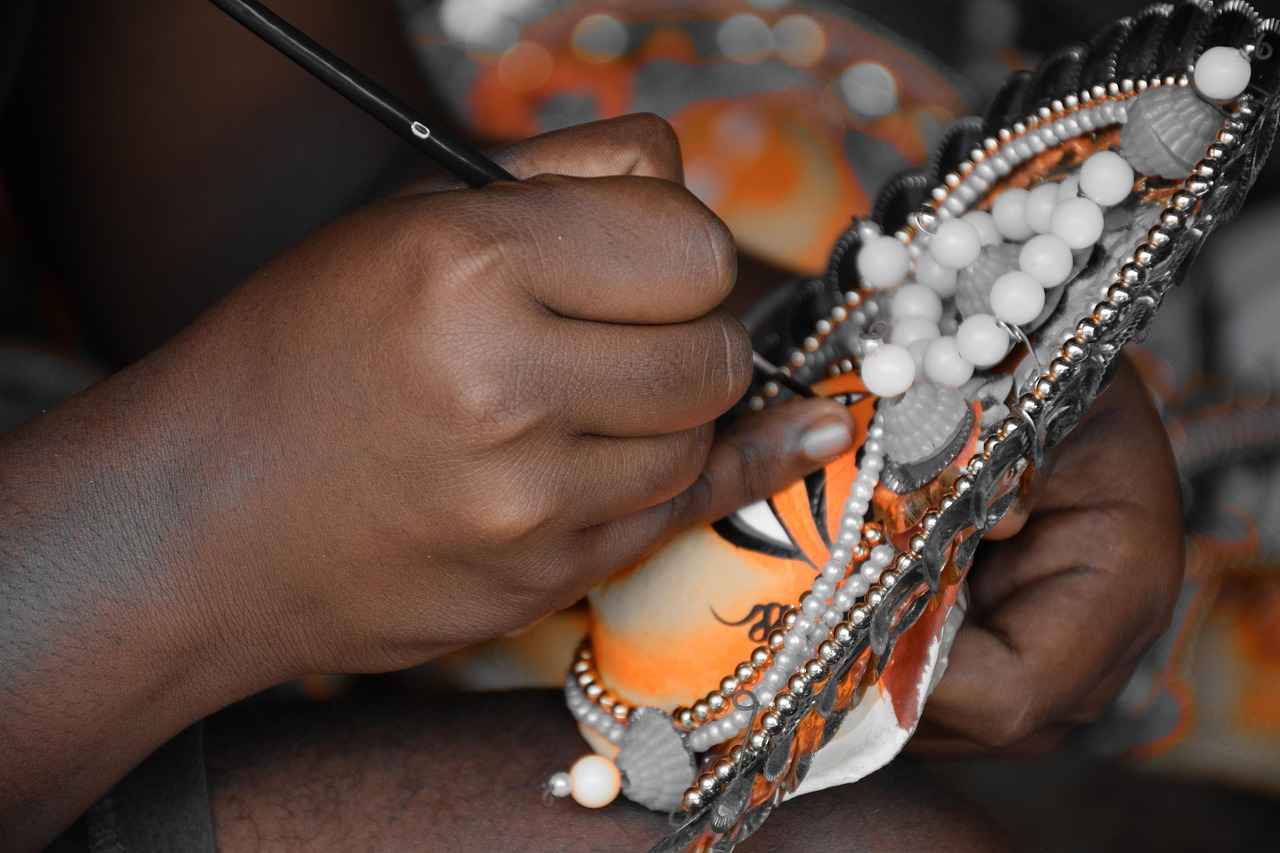
7. Conclusion: Embrace the Shopping Experience
In conclusion, West Bengal’s markets are not just places for shopping; they are vibrant cultural hubs that encapsulate the essence of the region’s rich heritage. From the bustling streets of Kolkata to the serene artisan villages, each market offers a unique experience that reflects the local craftsmanship and culinary delights.
Visitors are encouraged to immerse themselves in the local shopping culture, where they can discover a plethora of handcrafted goods, traditional textiles, and mouth-watering street food. For instance, the New Market in Kolkata is a treasure trove for those seeking a variety of products, while Gariahat Market is a must-visit for anyone interested in authentic Bengali sarees.
Moreover, the region’s renowned handicrafts, such as those found in Santiniketan, highlight the incredible skills of local artisans. Shoppers can find unique pieces that not only serve as beautiful decor but also tell a story of tradition and artistry.
Food lovers will find joy in exploring local food markets like Burrabazar and College Street Market, where the flavors of West Bengal come alive. These markets offer a delightful array of local delicacies that are a feast for both the eyes and the palate.
Additionally, seasonal fairs and festivals, such as Durga Puja and Poush Mela, transform the shopping landscape, providing an even richer experience filled with festive spirit and unique products.
Ultimately, embracing the shopping experience in West Bengal means engaging with the local community, supporting artisans, and indulging in the region’s culinary offerings. So, whether you are a seasoned traveler or a first-time visitor, make sure to explore these markets to truly appreciate the vibrant culture and craftsmanship of West Bengal.
Frequently Asked Questions
- What are the must-visit markets in Kolkata?
When in Kolkata, don’t miss out on New Market for its variety of products and Gariahat Market for traditional textiles and sarees. These spots capture the essence of the city’s vibrant shopping culture!
- What types of handicrafts can I find in West Bengal?
West Bengal is famous for its exquisite handicrafts like kantha embroidery, terracotta items, and shantiniketan crafts. You can find these unique pieces in local markets, especially in Santiniketan.
- Are there any food markets I should explore?
Absolutely! Burrabazar is a must-visit for wholesale food items, while College Street Market offers a delightful mix of bookstores and eateries, perfect for food lovers and culture enthusiasts alike!
- When is the best time to shop in West Bengal?
The best times to shop are during the early morning or late afternoon. This way, you can avoid the crowds and enjoy a more relaxed shopping experience!
- How do I negotiate prices in local markets?
Bargaining is part of the shopping experience! Start by offering a price lower than what you’re willing to pay, and don’t hesitate to walk away if the price doesn’t feel right. Often, sellers will call you back with a better offer!
